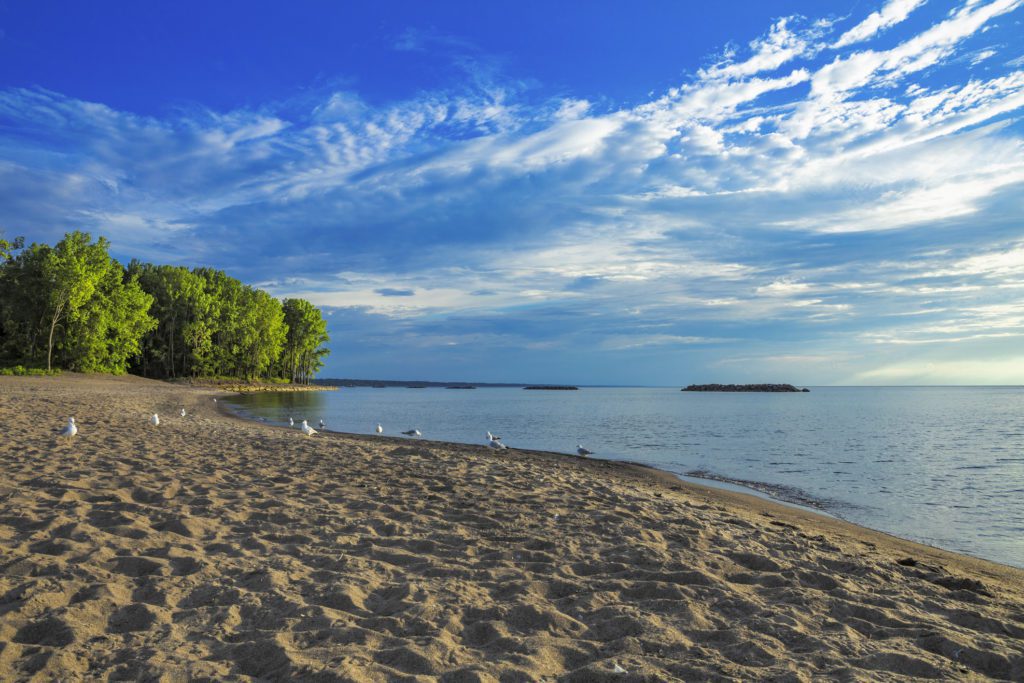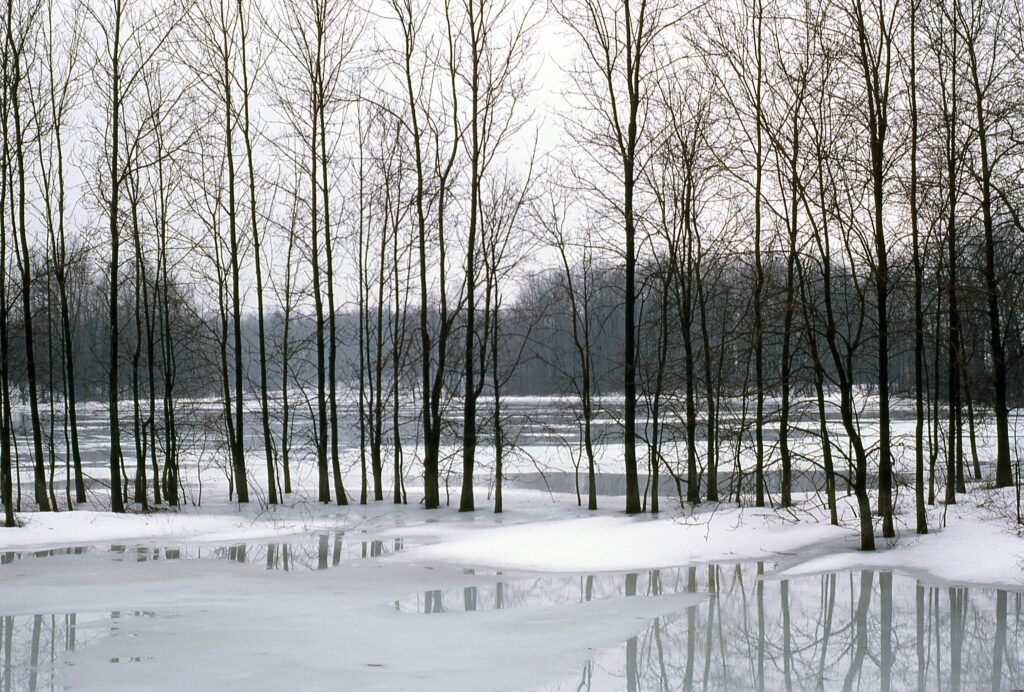If you experience snowfall during the winter season, you’re probably well aware of what we like to call “road salt season”. More often than not, a heavy handed approach is being used by cities, privately owned businesses, and residents alike in order to try and avoid accidents caused by slippery roads, walkways, and lots. I, like so many others, dread seeing the salt use that happens and it’s impacts. Our boots get ruined, it causes damage to vehicles and surfaces, and it hurts our pets paws.
Unfortunately, all of this road salt use has led to another serious problem for our freshwater sources including our rivers, our streams, and our lakes. A recent 2021 study from U of T showed that nearly 90% of water samples taken from our rivers, even in the summertime, exceeded federal guidelines for chloride levels in the water. In other words, there is way too much salt in the water all year round. Road salts are beginning to infiltrate groundwater supply, threaten drinking water quality in places like Waterloo and threaten at least two thirds of aquatic life found in four of the larger Greater Toronto Area rivers. Freshwater species cannot thrive and survive in highly salty environments.

Heavy road salt use also does a number on public infrastructure as it can lead to corrosion. High levels of chloride in the water can cause corrosion damage to roads, bridges, parking garages, and underground utilities such as drinking water infrastructure.
We need to implement alternatives that cause less damage to the environment
Alternatives are necessary to manage icy surfaces during the colder months. Road salts are deemed the “cheap solution”, but what’s not cheap is the damage to our infrastructure, our environment, and our water quality.
But there are solutions that can be implemented. A great example is pre-wetting the salt and applying a liquid brine. This is a more effective way to ensure de-icing and safety. Another solution is to create proper guidelines and limits on how much salt is being applied making sure people are sticking to these limits. Adopting a rate of salt application and auditing this to ensure that the ice melts, but that we’re not using too much would be extremely beneficial.
Cities also need to work together so that we can effectively manage road salts across our shared watersheds. What happens upstream in one waterway will impact the quality of the water downstream, which eventually makes its way into the Great Lakes.

A Provincial Water Quality Objective can help
Why isn’t the province doing more to drastically reduce the amount of road salts that are being put into the environment? The recent 2021 Canada-Ontario Agreement on Great Lakes Water Quality and Ecosystem Health did include new commitments around promoting best management practices in road salt application, certification and alternatives. This is good news, but it still falls short of the Provincial Water Quality Objective (PWQO) that we at Environmental Defence have pushed for the province to implement.
A PWQO would provide the province with a standard to measure our salt use against. This way we can monitor progress and whether or not we are moving in the right direction. A PWQO would also ensure that we take into account the impacts of upstream water quality on downstream water quality across provincial watersheds.
This is why Environmental Defence is continuing to call on the provincial government to implement a PWQO to address the urgent issue of road salt contamination in our waterways. Ontarians do not have to settle and can choose to take a more sustainable approach than the current heavy handed approach being used, while still prioritizing the protection of freshwater and safety.
Ways you can help at home:
- Use the right amount. You only need a pill bottle size amount of salt for every square metre of sidewalk or walkway. Thoroughly shovel first, and consider clearing a smaller walkway to reduce your impact.
- Colder than -10? Consider an alternative. When it’s really cold, salt isn’t effective. If the temperature is too cold for salt, look into alternatives like pre-wetting and liquid brine.
- Take Action: sign our petition, and add your name to the growing list of Ontarians who want to see our lakes and rivers protected from excess road salt.










